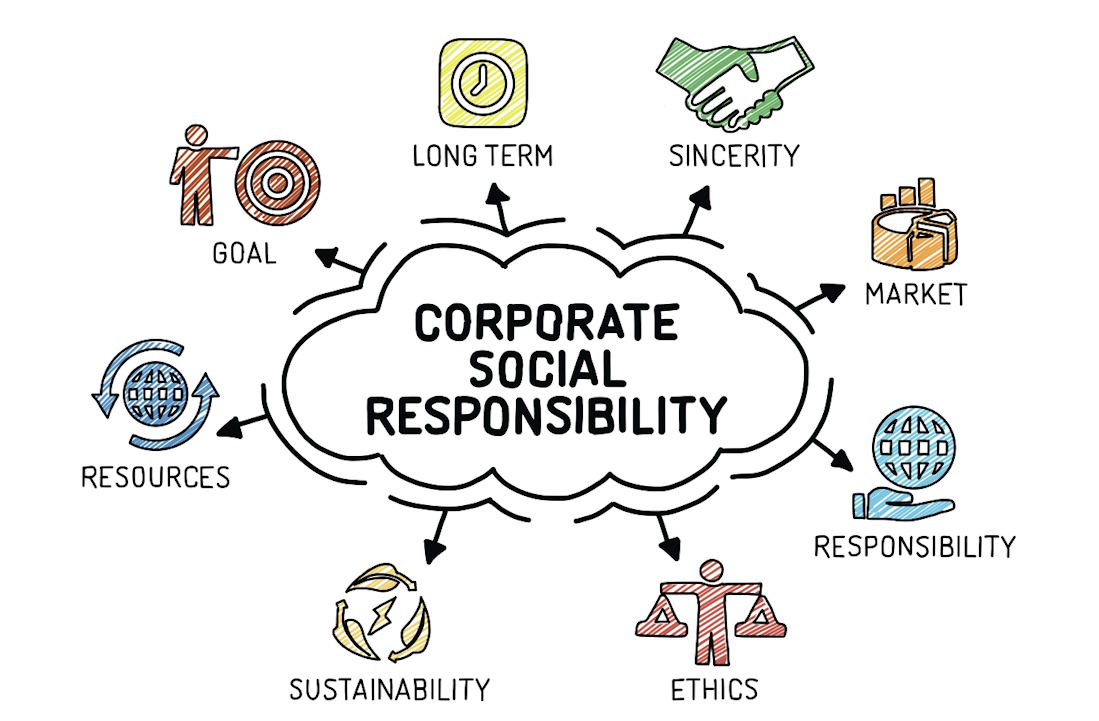The concept of business community initiatives for social impact has gained significant momentum, as companies embrace their role as agents of positive change. From identifying social issues and setting impactful goals to collaborating with partners, engaging employees, and implementing sustainable practices, businesses have the potential to create a lasting and meaningful impact. By delving into successful examples, addressing challenges, and highlighting the importance of measuring and reporting social impact, this article aims to inspire and guide businesses toward realizing their potential as drivers of positive societal change.
The Role of Business Community Initiatives
Definition and characteristics of business community initiatives:
Business community initiatives refer to the deliberate efforts made by businesses to address social issues and create a positive impact within their communities. These initiatives go beyond the core operations of a business and focus on fostering social change. They often involve collaboration with various stakeholders, including non-profit organizations, government agencies, and community members. Business community initiatives can take many forms, such as philanthropy, corporate social responsibility programs, social entrepreneurship ventures, and sustainable business practices. Their common characteristic is a commitment to making a difference beyond financial gains, with a focus on improving societal well-being.
Benefits of businesses engaging in social impact initiatives:
Engaging in business community initiatives offers numerous benefits for businesses themselves. Firstly, it enhances their reputation and brand image, demonstrating their commitment to social responsibility and garnering public trust. This, in turn, can attract customers who align with the values and causes supported by the business. Additionally, businesses that actively contribute to their communities often experience increased employee satisfaction and loyalty, as employees feel a sense of purpose and pride in working for a socially conscious organization. Moreover, engaging in social impact initiatives can lead to improved stakeholder relationships, fostering stronger partnerships with non-profits, government agencies, and local communities.
Examples of successful business community initiatives and their impact:
Several businesses have made remarkable contributions through their community initiatives. One notable example is the Patagonia clothing company, which has embraced environmental sustainability as a core value. Through their “Worn Wear” program, they encourage customers to repair and reuse their products, reducing waste and promoting a circular economy. Another example is TOMS Shoes, which operates on a “One for One” model, donating a pair of shoes to a person in need for every pair purchased. This initiative has positively impacted the lives of millions of people worldwide. Furthermore, Microsoft’s “AI for Accessibility” program harnesses the power of artificial intelligence to empower people with disabilities, creating innovative solutions that enable greater inclusion and accessibility.

Collaboration and Partnerships
Importance of collaboration between businesses, non-profits, and government organizations:
Collaboration between businesses, non-profits, and government organizations is vital for achieving meaningful social impact. While each entity brings unique strengths and resources to the table, their collaboration allows for a more comprehensive and effective approach to addressing complex social issues. Businesses possess valuable financial resources, innovative ideas, and operational expertise. Non-profits bring deep knowledge of community needs, established networks, and a passion for social change. Government organizations offer policy support, regulatory frameworks, and the ability to scale initiatives. By working together, these entities can leverage their strengths, share resources, and pool their expertise to tackle social challenges in a coordinated and sustainable manner.
Establishing partnerships for greater social impact:
To establish partnerships for greater social impact, businesses should actively seek out like-minded organizations that share their values and objectives. These partnerships can take various forms, such as joint initiatives, co-funding projects, or mutually beneficial collaborations. When forming partnerships, it is crucial to ensure alignment in vision, values, and goals. Effective communication, transparency, and mutual respect are essential for building trust and fostering successful collaborations. By combining their respective capabilities and resources, businesses, non-profits, and government organizations can amplify their impact, reach broader audiences, and implement innovative solutions that drive positive change.
Case studies of successful collaborations in business community initiatives:
One exemplary collaboration is the Global Alliance for Clean Cookstoves, a partnership between governments, businesses, and non-profit organizations. This initiative aims to address the health and environmental impact of traditional cooking methods by promoting clean and efficient cookstoves in developing countries. By working together, this partnership has successfully distributed millions of clean cookstoves, improving the lives of families, reducing indoor air pollution, and mitigating climate change.
Another noteworthy example is the Sustainable Apparel Coalition, a collaboration among apparel brands, manufacturers, non-profits, and government organizations. Through shared metrics and assessment tools, this partnership promotes sustainable practices throughout the apparel industry. By collaborating on sustainability initiatives, they have made significant progress in reducing the industry’s environmental footprint and enhancing supply chain transparency.

Employee Engagement and Volunteerism
Encouraging employee participation in social impact initiatives:
One of the key drivers of successful business community initiatives is the active participation of employees. Engaging employees in social impact initiatives not only fosters a sense of purpose and fulfillment but also harnesses their diverse skills and expertise to make a difference in their communities. To encourage employee participation, businesses can provide opportunities for volunteering, offer paid time off for community service, and organize team-building activities centered around social impact projects. By involving employees in the decision-making process and allowing them to contribute their ideas and passions, businesses can cultivate a culture of engagement and empower their employees to become agents of change.
Creating a supportive workplace culture for employee engagement:
Creating a supportive workplace culture is crucial for promoting employee engagement in social impact initiatives. Businesses can establish clear values and a strong sense of purpose, aligning them with their community impact goals. Providing platforms for open communication and feedback allows employees to share their ideas and initiatives. Recognizing and celebrating employee involvement in social impact activities through internal communication channels further encourages engagement. Moreover, offering skills-based volunteering opportunities enables employees to utilize their professional expertise in service to the community, creating a sense of fulfillment and personal growth.
Highlighting the benefits of employee volunteerism for both the community and the business:
Employee volunteerism brings about significant benefits for both the community and the business itself. For the community, employee volunteers provide valuable support and resources, addressing social issues and meeting community needs. Whether it’s mentoring youth, participating in environmental cleanups, or assisting local non-profits, employees make a tangible impact on the lives of others. Additionally, employee volunteerism enhances the business’s reputation and brand image, attracting socially conscious customers, partners, and potential employees. It fosters a positive relationship between the business and its community, leading to greater trust and loyalty. Employee volunteerism also improves teamwork, collaboration, and employee morale within the organization, leading to increased productivity and employee retention.
